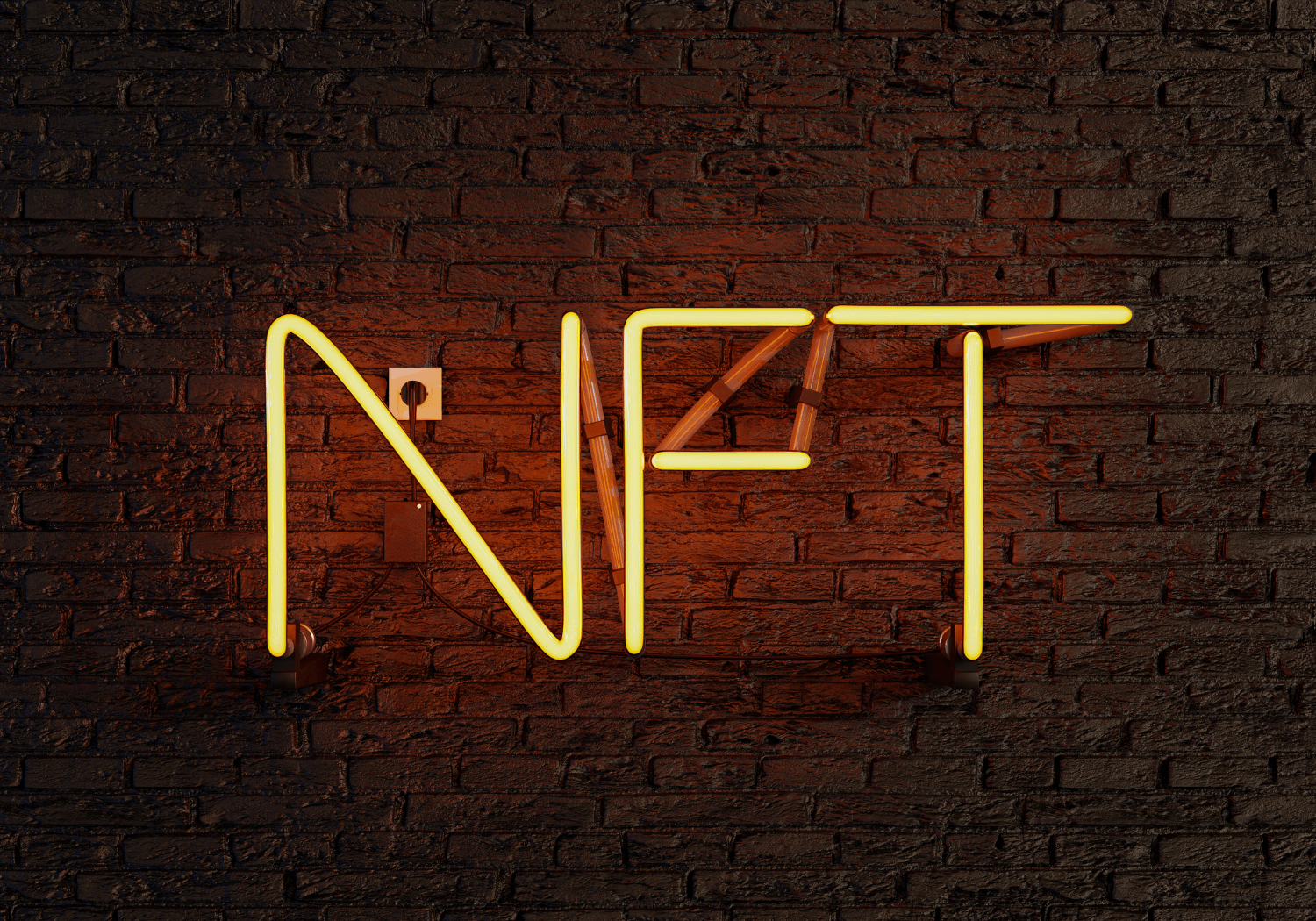What is NFT?
This stands for non-fungible tokens. It is a digital asset that represents actual items such as artwork, music, in-game items, and videos. They are generally stored in the same software as cryptos, and they are bought and sold online. While it is frequently built by using the same programming language as cryptocurrencies, such as Bitcoin or Ethereum, there are some differences. Physical coins and cryptocurrencies are both “fungible,” meaning they can be exchanged or traded for one another. A non-fungible item cannot be replaced by something else. For instance, if you exchange a bitcoin for another bitcoin, you would get the same thing. But if you sold it for a different card, you would get something completely different.
With the advent of CryptoKitties in 2017, NFTs gained a lot of attention. Players could buy limited-edition virtual cats and “breed” them. From then on, game developers began implementing NFTs in a big way to give gamers in-game items such as digital shields, swords, and other collectibles. As a result of tokenization of game assets, they can be transferred among different games, or even to another player, through blockchain-based exchange marketplaces.
Apart from gaming, NFTs are often used to sell virtual goods, such as NBA virtual trading cards, music, digital images, and video clips, as well as real estate in a virtual world, Decentraland.
Website NonFungible.com estimates the total NFT market at $250 million, a relatively small portion of the total crypto market, but still highly attractive for content producers. Token contracts, based on the ERC-721 standard, can be set to allow content creators to continue earning a percentage from any subsequent sales.
As digital information continues to grow, the NFT market will probably expand, since NFTs can be easily created from any piece of digital information, a highly efficient and secure way to manage and secure digital assets.
Many NFTs have originated digitally, at least in these early days, from existing content, like iconic clips from NBA games, or securitized versions of digital art that are also visible on Instagram.
Why do people pay for images that can be downloaded for free or viewed online when they are willing to spend millions on images that can be viewed online without charge?
The reason for this is that an NFT makes it possible for the buyer to own the original item, along with the built-in authentication, which serves as evidence. Collectors are therefore more interested in the “digital bragging rights” than in the item itself.
In the gaming and luxury industries, NFTs have already gained significant traction, and there is room for further growth. Nevertheless, the art sector will continue to be one of the most significant segments of the NFT market even after it has gradually reached maturity since more applications of digital certificates like trademarks, patents, and training certifications are expected to surpass it in the next couple of years.
NFT Vs. Cryptocurrency
It is fungible, meaning it can be traded for another kind of money or exchanged for another kind of cryptocurrency. Cryptocurrency’s fungibility makes it a trusted form of conducting transactions on a blockchain.
An NFT is not interchangeable or equal to another NFT because they each have a digital signature, which makes them non-fungible. One NBA Top Shot clip, for example, is not equal to every day simply because they are both NFTs.
In creating an NFT, objects that represent both tangible and intangible properties are selected, such as:
• Art
• GIFs
Sports highlights and videos
• Collectibles
Game skins and virtual avatars
• Designer sneakers
• Music
An NFT has value, but it is not necessarily easily defined in legal terms. The perceived value is difficult to frame in legal terms. The value proposition of the goods sold in NFT marketplaces is not always accurately described. The value of an NFT is merely speculative. It depends entirely on what others are willing to pay for it and nothing else.
It’s the same for cryptocurrencies, which turn virtual strings of bits into real-world currency. It comes down to cryptography. Taking something as ephemeral as a tweet and turning it into something valuable requires two things: making it unique and proving ownership.
Does NFTs risky?
The future of NFTs is uncertain, and we have not collected enough historical information to judge their performance, she says. However, since NFTs are so new, small investments may be worth trying for now.
Investing in NFTs is largely a personal decision, but can be worthwhile if you have spare funds and a special connection to an art piece.
It is worthwhile to keep in mind that the value of an NFT is entirely dependent upon what someone else is prepared to pay for it. Therefore, demand, rather than fundamental, technical, or economic factors, will usually drive the price.
Therefore, NFTs may be resold for less than what you paid for them, or you may not be able to sell them at all if nobody wants them.
Moreover, NFTs are also subject to capital gain tax—just like stocks. Also, keep in mind that the cryptocurrencies you used to buy NFTs may also be taxed if their value has increased since you bought them.
Nevertheless, approach NFTs as you would any other investment: Do your research, know the risks-including the risk that your entire investment might be lost-and proceed with plenty of caution if you choose to invest in them.



